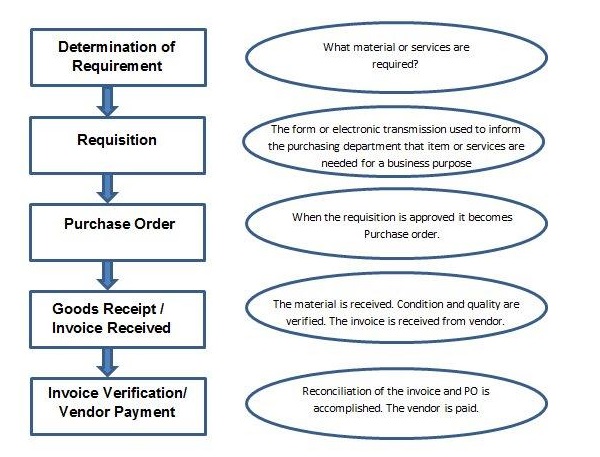

Additionally, ERP can automate many tasks, reducing errors and freeing up employees to focus on more strategic work.Ĭommon ERP modules support back- and front-office functions like finance and accounting, procurement, manufacturing, inventory management, order management, warehouse management, supply chain management, customer relationship management (CRM) procurement and workforce management. It also drives better decision-making that leads to more efficient processes and cost savings. This single source of information minimizes data accuracy and consistency issues and ensures everyone is looking at the same numbers, no matter their role.


It pulls this data from a number of modules built to help various departments, from accounting to supply chain to human resources, perform their individual functions.Īn ERP solution gives all employees access to the information they need to answer important questions about their department’s current performance and future planning, as well as target areas for improvement. An ERP solution automates critical business processes and serves as a shared database for all financial and operational information from across the company. East, Nordics and Other Regions (opens in new tab)Įnterprise resource planning (ERP) systems have become a critical tool for businesses over the past several decades.


 0 kommentar(er)
0 kommentar(er)
